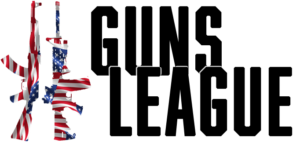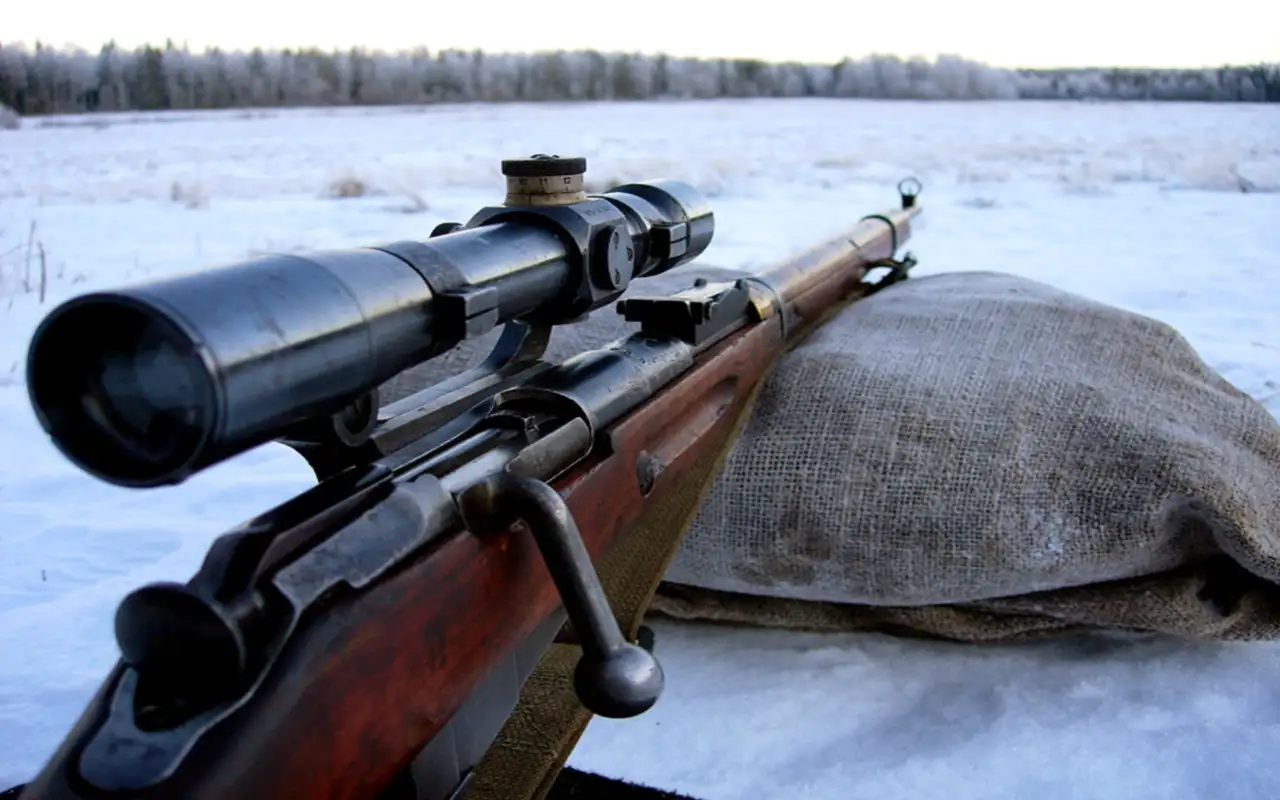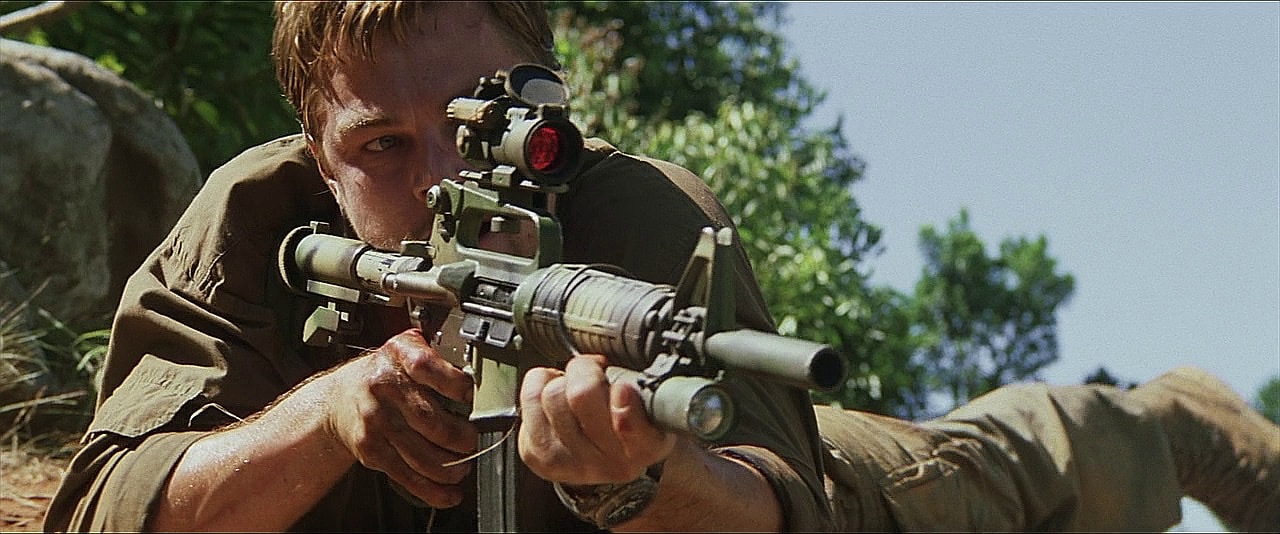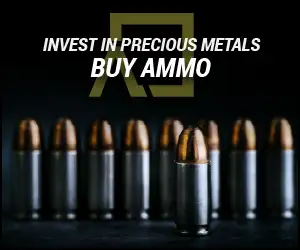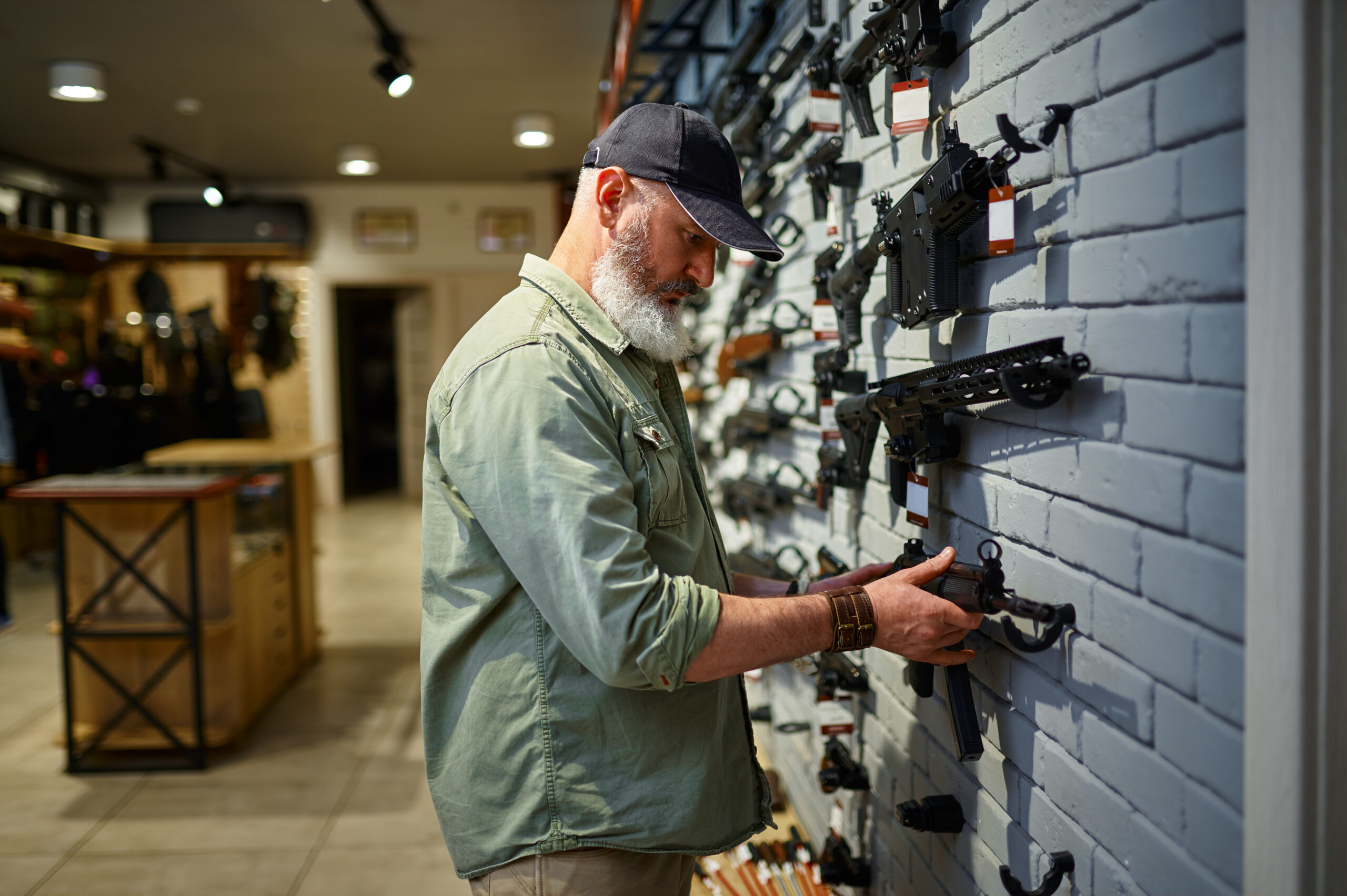Are you one of the thousands of American shooters who enjoys taking your Mosin to the range? Maybe you’ve picked up a few Lee-Enfields or a Garand and it’s your go to when you want a hard thumping round and a sore shoulder. You’re not alone. America has had a love affair with military surplus (milsurp) guns for a very, very long time.
It’s easy to trace America’s love of military surplus guns back to around the time of the Civil War. At war’s end in 1865, thousands of Americans were heading West, braving the hardships of the long journey, and homesteading in unfamiliar territory. Luckily for them there was a nearly unlimited supply of surplus weapons left over from the war. Henrys, Spencers, Colts, Remingtons, and a whole manner of lesser-known rifles and carbines armed these settlers for journey. Many of these guns were sold out of service by US Government, who was now interested in rapidly demobilizing tens of thousands of Union soldiers.
Later in the 19th Century, Francis Bannerman built an entire business empire on selling military surplus firearms, first from the US Government, then expanding to weapons from around the world. Thousands of American sportsmen and shooters bought his surplus guns and used them for hunting, shooting, and even movie props in the early days of Hollywood.
After WWII, the floodgates opened, and armies around the world cast off their obsolete guns in favor of shiny new (ironically enough) military surplus weapons left over from WWII. These obsolete guns found their way into the hands of American shooters, and once again American shooters and collectors found themselves awash in surplus firearms.
From the end of WWII until the early 2000’s a steady of flood of surplus guns kept coming into the US. Armies would finally liquidate stocks of aging WWII vintage weapons, or obsolescent semi-auto rifles while they re-armed with new AK-47 or M-16 variants. French MAS 36, 44, and 49/56 rifles filled gun store racks, Lee-Enfields appeared as new in their original wrap, and M-1 Garands & Carbines came home from long deployments in Turkey, South Korea, and other countries.
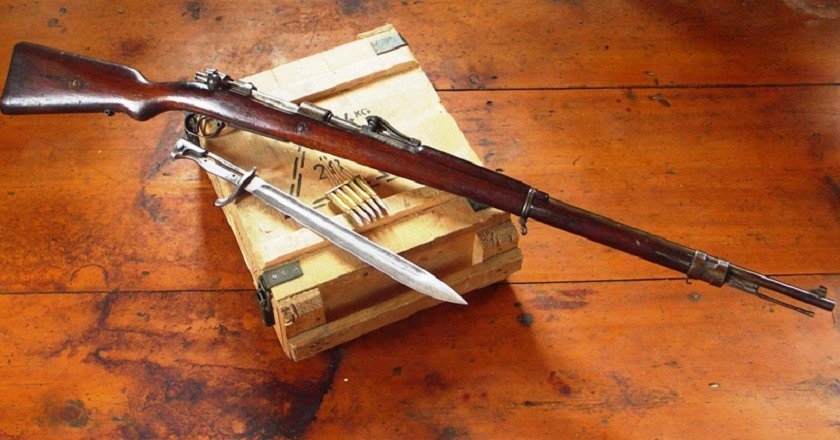
Once the Soviet Union collapsed, the entire surplus market exploded. Weapons that once were rarely seen in the US became ubiquitous. Mosin-Nagants, Tokarevs, SVT-40s, and SKS rifles were everywhere. 7.62×39 and 7.62x54R became standard calibers in many American shooters’ inventories.
All this begs the central question – what makes these surplus firearms so popular to the modern shooter?
First, they are usually much cheaper than a comparable new production commercial rifle, while being of proven military quality. The average shooter can walk into a big box store and oftentimes find a rack of Mosin rifles for the same price as a comparable entry level bolt action hunting rifle. The Mosin is also appealing because if it can survive the harsh Russian winter and go on to defeat the Nazis, it can also handle anything your deer hunt or range time can throw at it.
A related issue is that where there’s cheap guns, there’s usually cheap ammo. Initially, Russian and other former Eastern Bloc ammunition was incredibly cheap. Shooters could buy large caliber ammo for their surplus guns for pennies on the dollar when compared to comparable American made commercial ammo.
While it’s true that prices have risen on many surplus firearms, there’s still al lot of deals out there to be had. Lots of Eastern Bloc firearms are in great shape, are simple, battle-proven designs, and are readily available at prices that are still accessible to almost any shooter. The country is still awash in steel cased Eastern European ammo, and even though political events may temporarily limit supplies, there is plenty for everyone for the foreseeable future.
Price is also a factor for another reason to love surplus guns – many of them appreciate in value, and can be a great investment. Those cosmoline covered SKS rifles that were sold by the crate a decade ago are now highly sought after collector guns that have gone up dramatically in value in some cases. The discerning buyer who snapped up all the SVT-40s they could afford would be holding a small stack of gold bars today, given the prices that that rifle brings now.
The discerning buyer will also look for uncommon variants that got mixed into large shipments of surplus guns. If you know what to look for, that Mosin sitting on the rack might actually be a rare variant that would fill a gap in your collection, or be a great gun to put away and sell later.
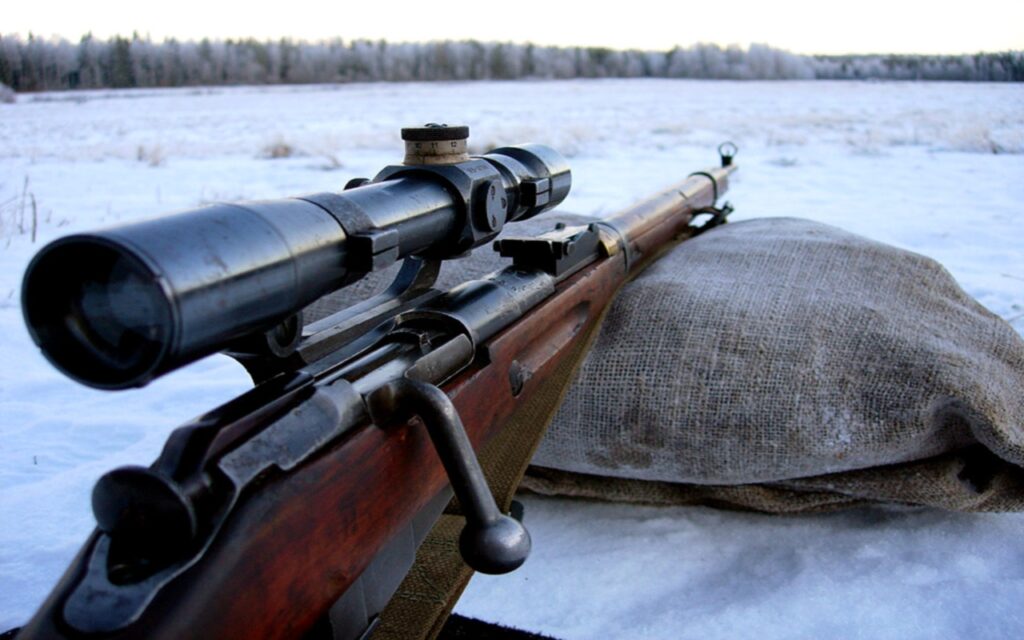
Surplus guns also give you a chance to literally own a piece of history. That beat up bolt action VZ24 might have last seen service during WWII, your Mosin might have been at the battle of Stalingrad, or your Soviet captured German Mauser might have been taken during the final push into Berlin. That’s a pretty amazing feeling for anyone who enjoys history – you have something with both a practical purpose, like shooting, and a historical pedigree to make it even more interesting.
Surplus guns also give shooters a chance to enjoy guns they may not otherwise have ready access to. In the late 1990’s, several thousand Soviet-captured German Lugers were imported into the US. These guns were in good shape, arsenal refinished, but complete and shootable. Their pricing point was trivial compared to what all original, non-import marked, non-refinished Lugers would bring. For a lot of shooters, these were guns they could collect, shoot, and most importantly, afford.
The same holds true for the Yugoslavian M48 Mausers imported today. They’re extremely similar to original K98 German Mausers, at a fraction of the cost. Lots of shooters don’t have several thousand dollars for a German Mauser, but they do have several hundred for a Yugo M48. You can buy a Yugo M48, a crate of good quality surplus ammo, and enjoy shooting without worrying about wrecking the value of some super rare K98.
Surplus guns are also great guns to customize. Thousands of Lee-Enfields, Springfield 1903s, Arisakas, and Mausers were sporterized, their actions used for custom hunting rifles, or turned into target rifles, suited to individual shooter’s needs.
If you enjoy esoteric and historic firearms, there’s nothing not to love about buying and shooting surplus guns. From the great prices, to the hidden gems, to being able to enjoy a living piece of history, surplus guns are a fascinating and worthy subject for any shooter to delve into!
